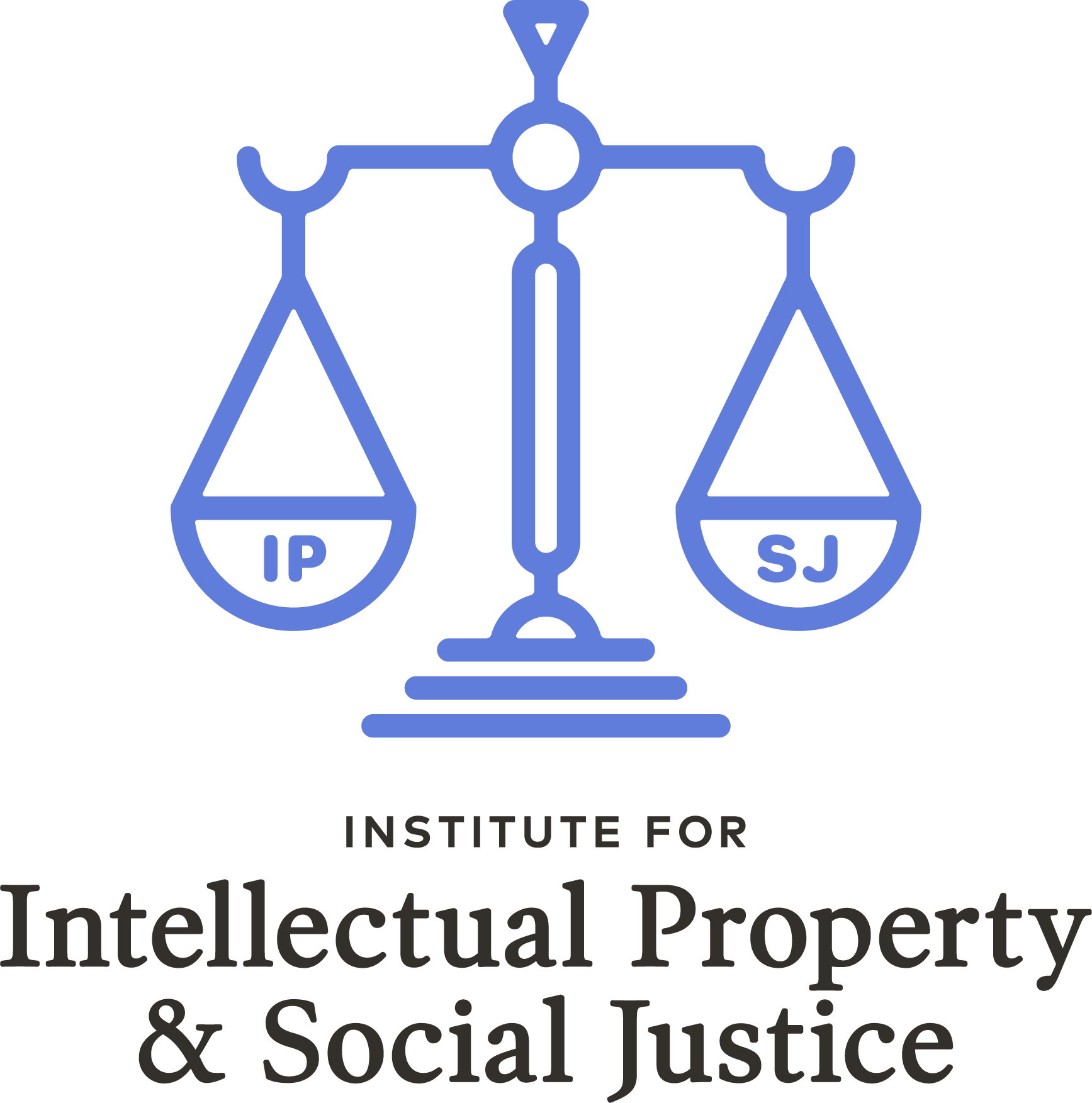Status Update on Student Athlete NIL Legislation
by Cole Baker
Name, image, and likeness (NIL) legislation takes effect in 7 states throughout July. These states (Alabama, Arizona, Florida, Georgia, Mississippi, Nebraska, and New Mexico) are part of a nationwide push by state legislatures to enact laws that allow for collegiate student-athletes to profit off their NIL. 39 states have introduced bills to their legislatures, and 16 states have officially signed NIL legislation into law.
How We Got Here
In September 2019, Gov. Gavin Newsome (CA) signed into law California’s Fair Pay to Play Act making it unlawful for universities to revoke a student-athlete’s scholarship for receiving compensation from use of his or her NIL in a commercial nature.¹ After numerous states followed suit by enacting similar legislation, the NCAA Board of Governors released a statement indicating that it would look to “modernize” its rules and add “flexibility” to its policy of banning any monetization of NIL by participating student-athletes.² After months of deliberation and direction to each subdivision of competition to discuss changes to its policy, the NCAA released another statement in April 2020 indicating that it is supportive of allowing athletes to sign endorsement contracts and appear in advertisements.³ The NCAA received draft legislation from each of its 3 subdivisions for updates to NIL policy in November of 2020.4
The NCAA has repeatedly called on Congress to enact federal legislation to both standardize NIL policy on a national scale and carve out an antitrust exemption for the NCAA to allow caps on NIL compensation earned by its athletes.5 So far there have been 8 bills introduced to Congress dealing with the issue. The Senate Committee on Commerce, Science, and Transportation held a hearing on June 9th to receive testimony on the issue of NIL for collegiate athletes, how a national policy would benefit consistency and fairness of its implementation both for institutions and athletes, and the competing interests at state between the NCAA, its member-institutions, and athletes. Senators Booker and Blumenthal stressed the importance of health-care related legislation being included in the prospective bill and championed their Athlete Bill of Rights. Mark Few, head coach of the Gonzaga men’s basketball team testified indicating it is embarrassing that nothing has been done thus far with respect to creating avenues for athletes to exploit their NIL rights. Mark Emmert, president of the NCAA, also testified urging the Senate Committee to consider five policy matters included in any NIL bill: (1) the bill put in place a unified national NIL model, (2) the bill support Title IX considerations, (3) the national policy expressly preempts state NIL law, (4) the bill safeguard the non-employee status of student athletes, and (5) the bill create legal exemptions for the NCAA and its member-institutions to antitrust concerns. Emmert received push back on the latter two recommendations from testifying witnesses and senators alike. Senator Cantwell, chair of the committee, concluded the hearing by indicating that due to the fact that more than half of the senate-committee members testified, the Commerce Committee is committed to get something done in regards to national NIL policy.
The NCAA has also received federal attention from the Department of Justice’s antitrust division, which undertook meetings and corresponded with NCAA officials regarding the policy reforms.6 The DOJ has expressed it’s wariness of the NCAA policies as violating antitrust laws. It has specifically taken issue with the antitrust concerns arising out of the NCAA’s purported 3rd-party “clearinghouse” agency proposal. The policy proposal indicates athletes would be forced to disclose NIL earnings to ensure compliance with a capped sum. The sum would be dictated by the NCAA’s determination of what represents a “fair-market value” for NIL.7 Furthermore, the Supreme Court heard oral arguments in Alston v. NCAA. While not dealing directly with NIL, it is an antitrust suit which may answer the question of whether the NCAA model is truly one of amateurism in a decision likely to be released this month.8 To learn more about the case, NPR recently looked into it in their Planet Money podcast.
A Summer of Change
So far, 39 states have introduced bills relating to student-athlete NIL compensation within their legislatures, and 16 of those states have signed these policies into law.9 The NCAA Division 1 council is expected to act on proposed policies on June 23, 2021.10 On July 1, 2021, NIL laws take effect in Alabama, Florida, Georgia, Mississippi, Nebraska (pending individual school adoption) and New Mexico; Arizona’s laws will take effect on July 23.
These state laws differ in scope. Some are less restrictive than the proposed NCAA policies, whereas others are more restrictive. For example, Mississippi’s law permits schools to prohibit athletes from wearing any clothes with a sponsoring-entity’s logo or insignia at any school-sponsored event, whereas the NCAA policy would regulate the appearance of athlete sponsors’ logos only during pre- and post-game activities.11 Furthermore, Mississippi prohibits athletes from receiving NIL compensation prior to enrollment in their first college class, whereas the current NCAA policy would allow for high school students to seek NIL compensation as early as their 9th grade year.12 On the other hand, New Mexico has some of the most lenient rules pertaining to NIL compensation. The state prohibits schools from terminating an athlete’s eligibility to participate or receive scholarships regarding any “food, shelter, medical expenses or insurance from a third party.” The state further prohibits schools from interfering with a student-athlete’s choice of footwear during any mandatory team activity.13
There are many questions left unanswered without a national policy in place from the NCAA or Congress. Will athlete’s still be subject to exploitation of their schools when most of the state laws leave determining acceptable commercial conduct up to the school’s own internal policy? How will school’s handle licensing issues where athletes appear in advertisements or promotions with their logos and insignia? Will athlete’s have their NIL earnings be capped or confined to monetary compensation, and is that even lawful under antitrust laws? Nevertheless, athletes in these seven states may be able to sign endorsement deals in July so long as they are compliant with state law. However, it is expected that the NCAA will file suit against these states if they do not come up with a national policy plan beforehand.14 Regardless, this summer marks the start of a new era of collegiate athletics which will undoubtedly change the landscape of sport for athletes who have for decades had their talents and work exploited by the NCAA model.
¹ CAL. EDUC. CODE §§ 67456-57 (2019).
² Board of Governors starts process to enhance name, image and likeness opportunities, NCAA (October 29, 2019).
³ Dan Murphy, NCAA group supports player endorsement plan, ESPN (April 29, 2020).
4 Taking Action–Name, Image, and Likeness, NCAA (2021).
5 Murphy, supra note 3.
6 Steve Berkowitz et. al., DOJ critical of NCAA’s view of antitrust compliance; association president Mark Emmert wants voting delay on rules proposals, USA Today (January 9, 2021).
7 Id.
8 Dan Murphy, Everything you need to know about the NCAA’s NIL debate, ESPN (May 24, 2021).
9 Tracker: Name, Image and Likeness Legislation by State, Business of College Sports (June 2, 2021).
10 Murphy, supra note 8.
11 Steve Berkowitz, Name, image and likeness laws vary by state. A closer look at those going into effect July 1., USA Today (May 28, 2021).
12 Id.
13 Id.
14 Murphy, supra note 8.

Cole Baker is a summer intern with IIPSJ. He is a rising 2L at the University of Maryland Francis King Carey School of Law.
For more on this topic, check out these posts:
Video: Right of Publicity Update
NCAA’s Proposed NIL Regulations Are an Antitrust Violation Waiting to Happen
Recent Name/Image/Likeness Legislation Will Change the NCAA (or Not)
The California Fair Pay to Play Act- Finally IP Social Justice for Student Athletes
